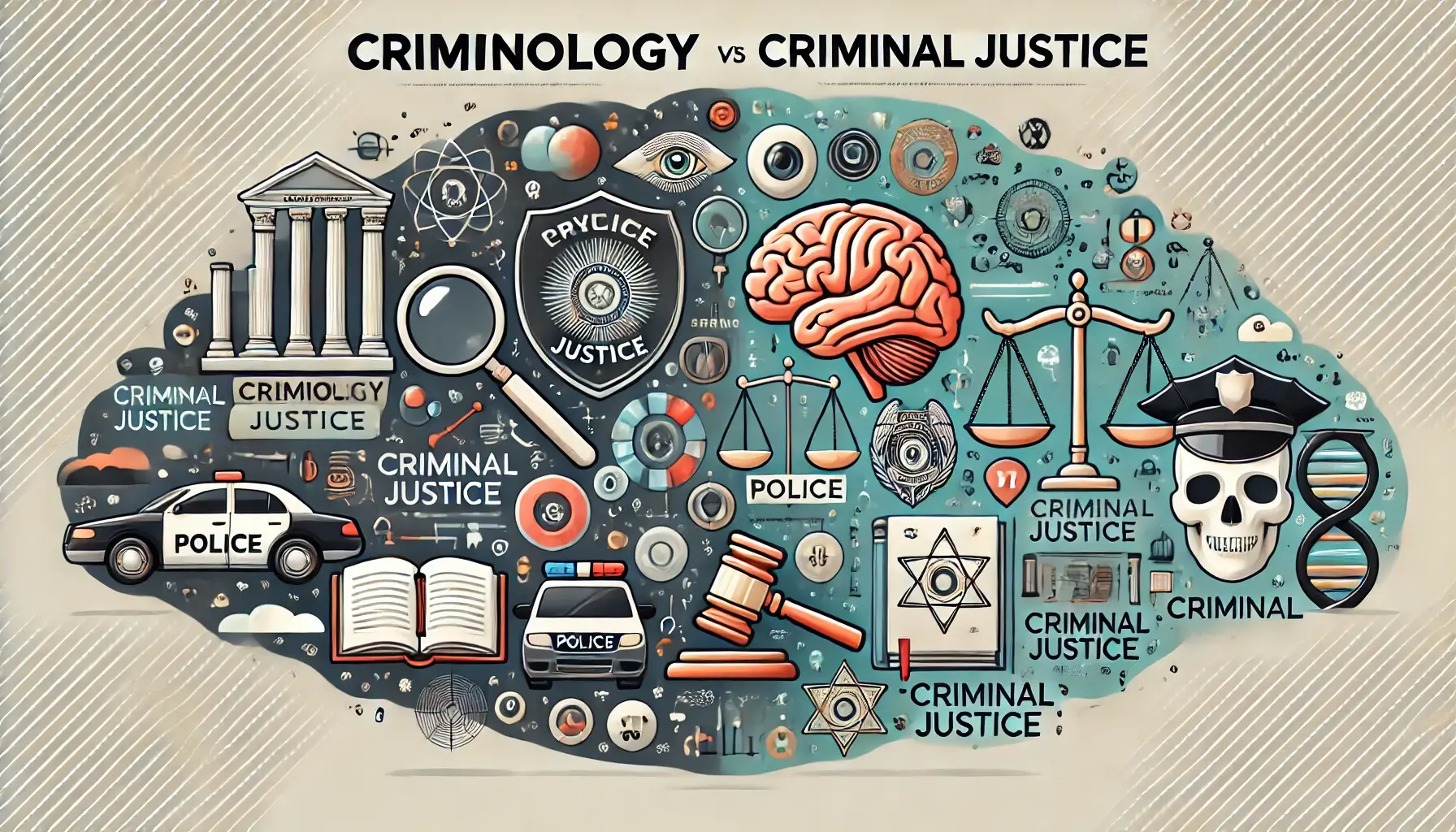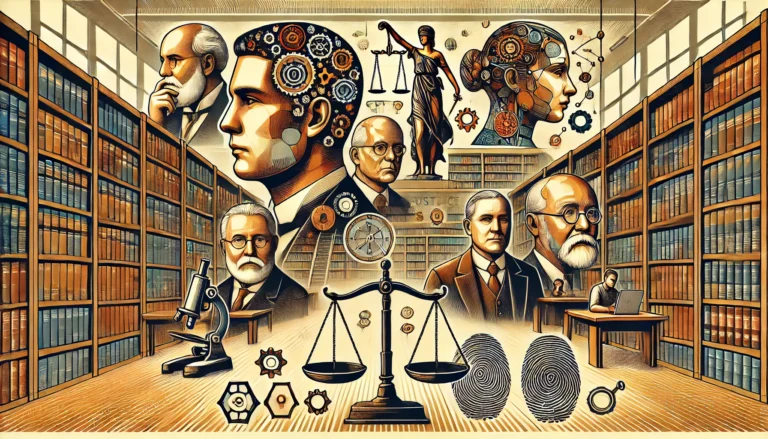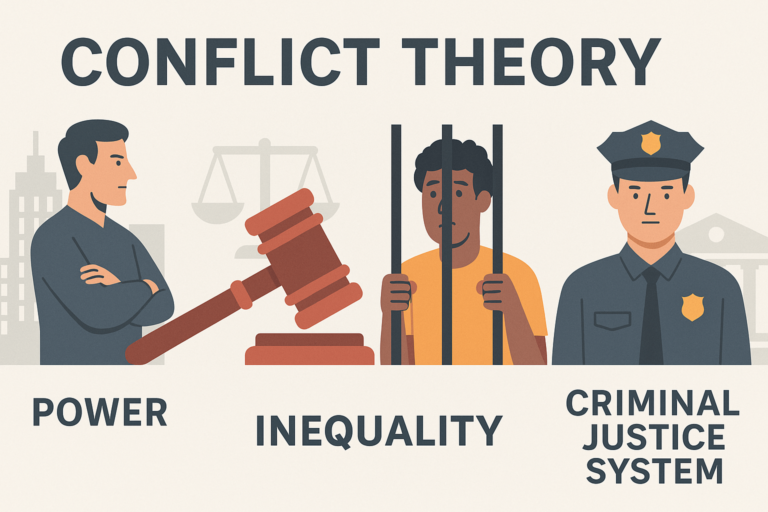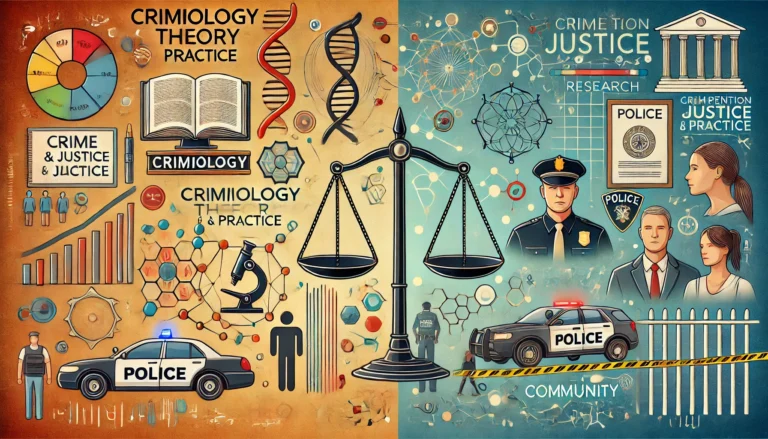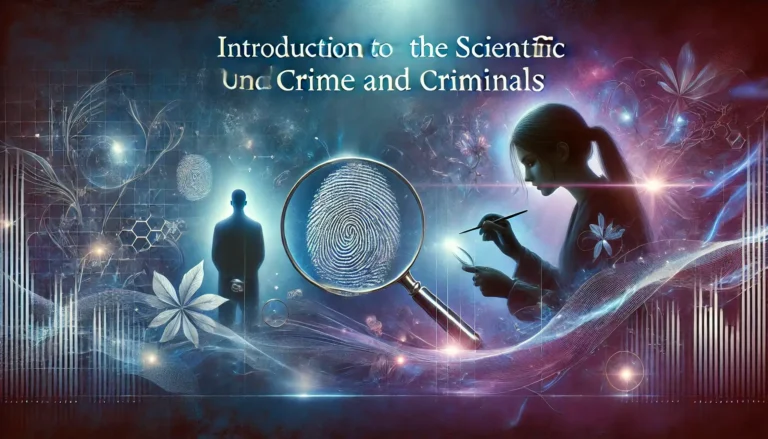What is the Difference Between Criminology and Criminal Justice?
Introduction
The fields of criminology and criminal justice often overlap, yet they serve distinct purposes and address different aspects of crime and its impact on society. While criminology focuses on understanding the causes and implications of criminal behavior, criminal justice centers on the systems and processes that respond to crime. This article delves into the nuances between the two disciplines, exploring their history, theoretical foundations, practical applications, and career opportunities. By examining their similarities and differences, we can gain a comprehensive understanding of how these fields contribute to a safer and more just society.
1. Defining Criminology and Criminal Justice
1.1 Criminology
Criminology is the scientific study of crime, its causes, consequences, and prevention. It seeks to understand why individuals commit crimes and how various factors—biological, psychological, social, and economic—contribute to criminal behavior. Criminology draws from disciplines such as sociology, psychology, anthropology, and law, making it inherently interdisciplinary.
Key focuses of criminology include:
- Theoretical explanations of crime (e.g., strain theory, social learning theory).
- The role of societal structures in fostering or mitigating crime.
- Criminal typologies and patterns.
- Crime prevention strategies and rehabilitation.
1.2 Criminal Justice
Criminal justice, on the other hand, refers to the system of practices, institutions, and policies designed to uphold social control, deter crime, and sanction lawbreakers. It encompasses law enforcement, courts, and correctional facilities, emphasizing the practical response to crime.
Key components of the criminal justice system include:
- Policing and law enforcement.
- Judicial processes, including trials and sentencing.
- Correctional systems, such as prisons and probation programs.
- Victim advocacy and community-based initiatives.
2. Historical Development of Criminology and Criminal Justice
2.1 Origins of Criminology
Criminology’s roots can be traced back to the 18th century with the emergence of the Classical School of thought, led by Cesare Beccaria. His work, On Crimes and Punishments (1764), advocated for proportionate punishments and rational legal systems.
Later, the Positivist School, pioneered by Cesare Lombroso in the 19th century, introduced the idea that crime could be explained through biological and psychological traits.
Key milestones include:
- The establishment of criminology as an academic discipline in the early 20th century.
- The integration of sociological perspectives in the mid-20th century, emphasizing societal influences on crime.
- Modern advancements in forensic science and data analytics to study crime patterns.
2.2 Development of Criminal Justice Systems
The criminal justice system has evolved alongside societal needs, from ancient codes like Hammurabi’s Code to modern legal frameworks. The emergence of organized policing in the 19th century, such as Sir Robert Peel’s Metropolitan Police in London, marked a turning point in law enforcement.
Key developments include:
- The rise of professionalized law enforcement agencies.
- The establishment of structured court systems and correctional facilities.
- The adoption of international legal standards, such as the Universal Declaration of Human Rights (1948).
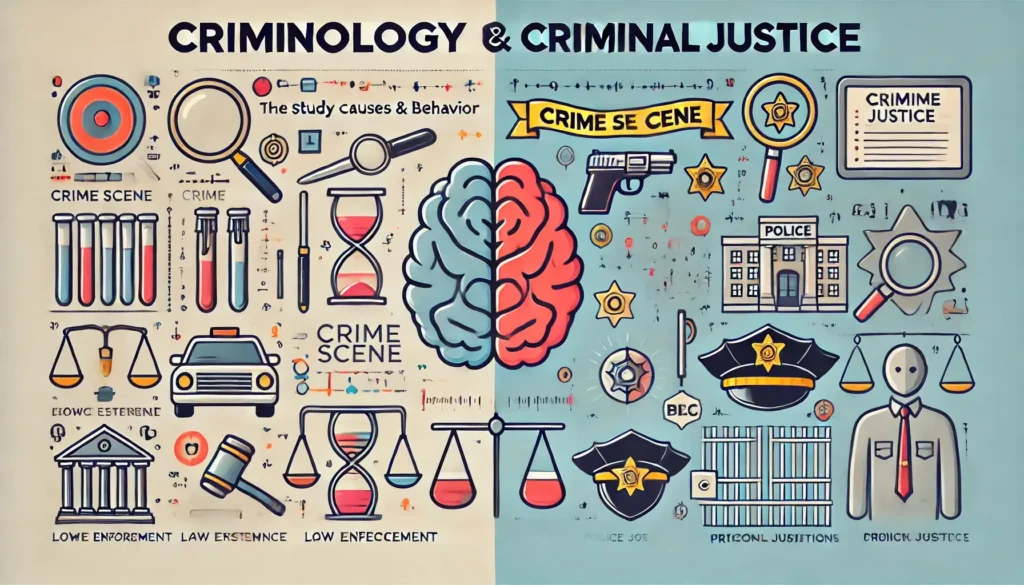
3. Theoretical Foundations
3.1 Criminological Theories
Criminology is grounded in a variety of theories that explain criminal behavior:
- Biological Theories: Suggest innate factors, such as genetics, influence criminal tendencies (e.g., Lombroso’s theory of the “born criminal”).
- Psychological Theories: Focus on individual mental health and personality traits (e.g., Freud’s psychoanalytic theory).
- Sociological Theories: Examine the role of societal structures and relationships, including strain theory and labeling theory.
3.2 Principles of Criminal Justice
Criminal justice is guided by principles that ensure fairness, accountability, and efficiency in addressing crime:
- Deterrence: Preventing crime through the threat of punishment.
- Retribution: Ensuring offenders are held accountable for their actions.
- Rehabilitation: Focusing on reforming offenders to reintegrate them into society.
- Restorative Justice: Emphasizing reconciliation between offenders and victims.
4. Key Differences Between Criminology and Criminal Justice
4.1 Purpose and Scope
- Criminology: Focuses on understanding crime and its causes. It is theoretical and research-oriented.
- Criminal Justice: Concerned with the implementation of laws and policies to manage crime. It is practical and application-based.
4.2 Methodology
- Criminology: Employs scientific methods, including qualitative and quantitative research, to analyze crime trends.
- Criminal Justice: Utilizes administrative processes and legal frameworks to enforce laws and deliver justice.
4.3 Career Paths
- Criminology: Common roles include criminologist, researcher, forensic psychologist, and academic.
- Criminal Justice: Careers span law enforcement, corrections, judiciary, and victim advocacy.
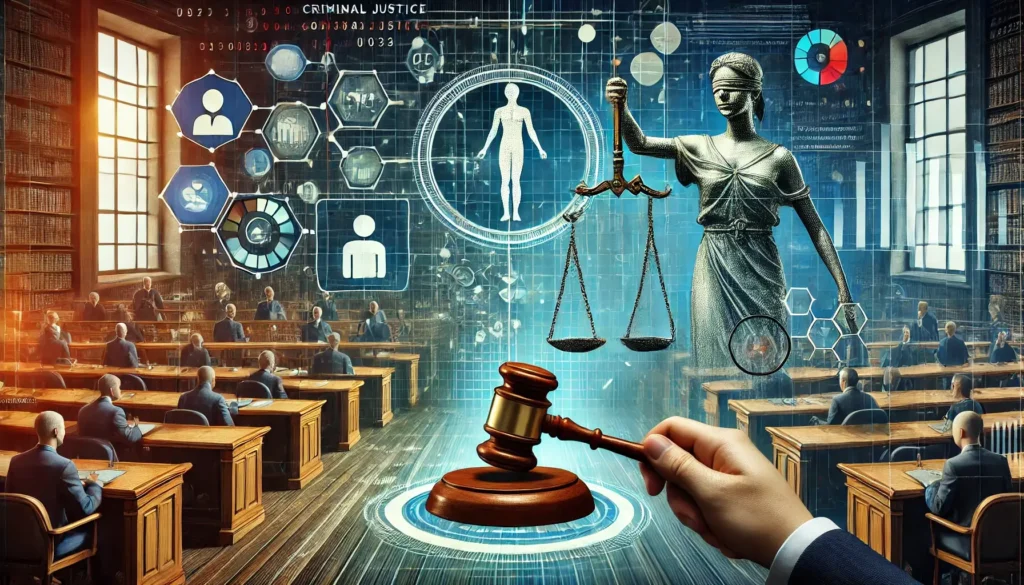
5. Interconnections and Collaboration
While distinct, criminology and criminal justice often intersect. Criminological research informs criminal justice policies and practices. For instance:
- Criminologists might study recidivism rates, influencing correctional programs.
- Criminal justice professionals rely on criminological insights to develop crime prevention strategies.
6. Contemporary Issues in Criminology and Criminal Justice
6.1 Technological Advancements
- Criminology: Big data and AI are revolutionizing crime pattern analysis.
- Criminal Justice: Body cameras, surveillance technologies, and cybersecurity are reshaping law enforcement.
6.2 Social Justice and Reform
Both fields are addressing systemic issues, such as racial disparities, wrongful convictions, and police accountability.
6.3 Global Challenges
International collaboration is essential to combat transnational crimes like human trafficking, cybercrime, and terrorism.
Conclusion
Criminology and criminal justice are complementary disciplines that address crime from different perspectives. Criminology’s theoretical insights enhance our understanding of criminal behavior, while criminal justice provides the practical tools to manage and prevent crime. Together, they form a comprehensive framework for creating a safer, fairer world. By appreciating their differences and synergies, we can better address the complexities of crime in modern society.

